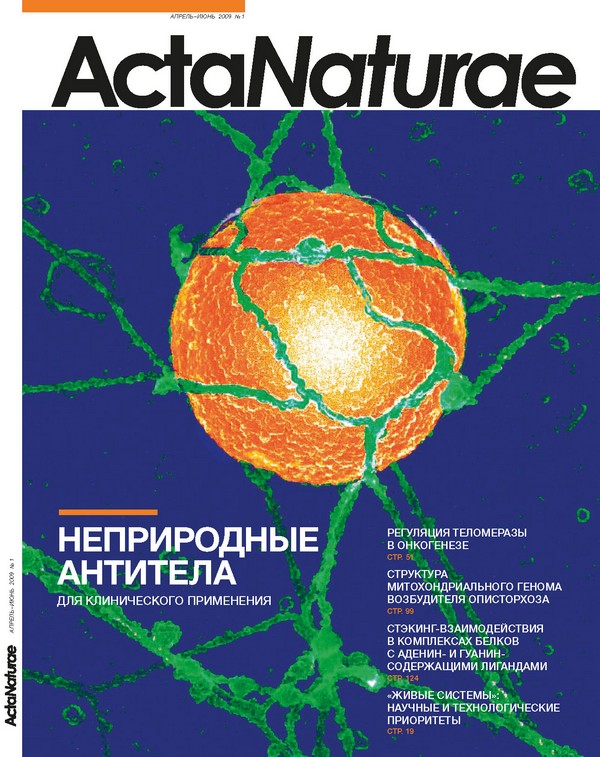Full Text
The biological function of proteins is closely connected to interactions with their ligands and substrates. Proteins acting as receptors and enzymes bind these small molecules. Knowledge of the molecular mechanisms of protein-ligand interactions, particularly in the spatial structure of the proteinligand complex, is a prerequisite for understanding the structure-functional properties of proteins and their role in biochemical pathways in the living cell. The availability of such a structure serves as a basis for rational drug design projects and greatly assists the search for new inhibitors (the ligands of certain protein-targets in an organism). Experimental tools for determining the spatial structure of proteins and their complexes with ligands (such as X-ray crystallography or NMR spectroscopy) have particular limitations. Even if the structure of a protein is available, determining the structure of its complex with ligands may be experimentally demanding. Problems with purification and crystallization become especially difficult in studies of transmembrane proteins, which include a biologically important class of G-protein coupled receptors. However, recent successes in determining the structure of beta-adrenergic and adenosine receptors [
1] are cause for optimism. The technical difficulties restraining experimental methods stimulated computational molecular modeling. One of them (molecular docking) is a method aimed at predicting the spatial structure of a protein-ligand complex by docking a ligand molecule into the known atomic-resolution structure of a protein-binding site and estimating the reliability of the results. Nowadays, molecular docking has become an integral part of both fundamental studies aimed at understanding the structure-functional role of protein amino acids and applied drug-design programs [
2,
3].
About the authors
Shemyakin and Ovchinnikov Institute of Bioorganic Chemistry, Russian Academy of Sciences; Moscow Institute of Physics and Technology (State University)
Email: pyrkov@nmr.ru
ul. Miklukho-Maklaya 16/10, Moscow, 117997, Russia; Institutskii per., 9, Dolgoprudny, Moscow oblast, 141700, Russia
Shemyakin and Ovchinnikov Institute of Bioorganic Chemistry, Russian Academy of Sciences
ul. Miklukho-Maklaya 16/10, Moscow, 117997, Russia
Shemyakin and Ovchinnikov Institute of Bioorganic Chemistry, Russian Academy of Sciences; Moscow State University
ul. Miklukho-Maklaya 16/10, Moscow, 117997, Russia; Moscow, 119991, Russia
Shemyakin and Ovchinnikov Institute of Bioorganic Chemistry, Russian Academy of Sciences
ul. Miklukho-Maklaya 16/10, Moscow, 117997, Russia







